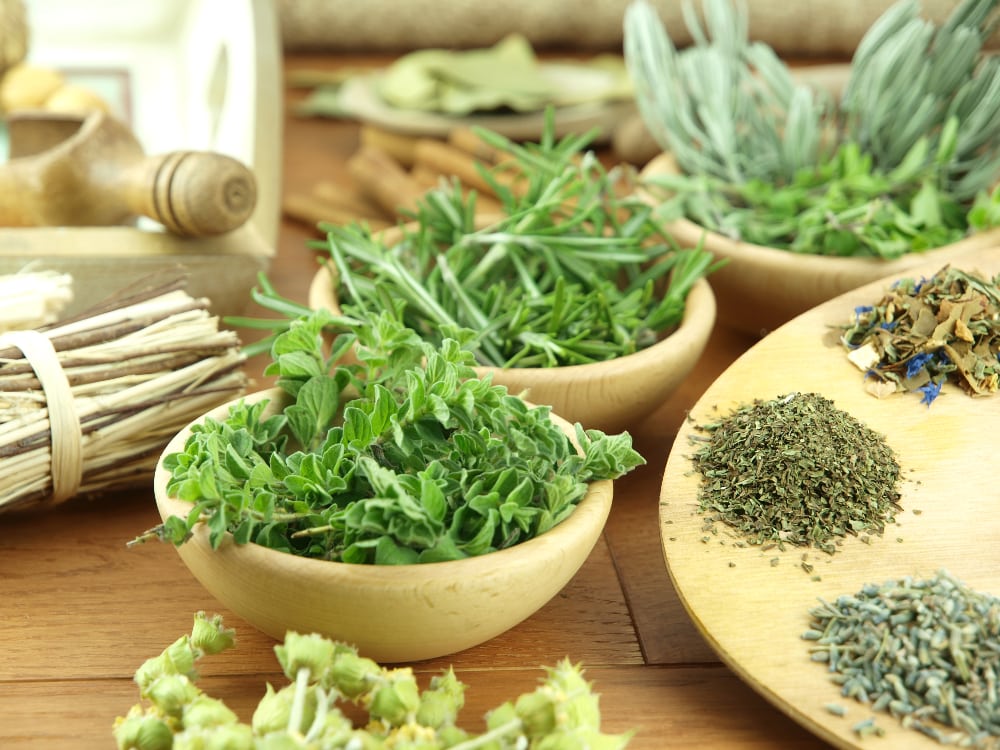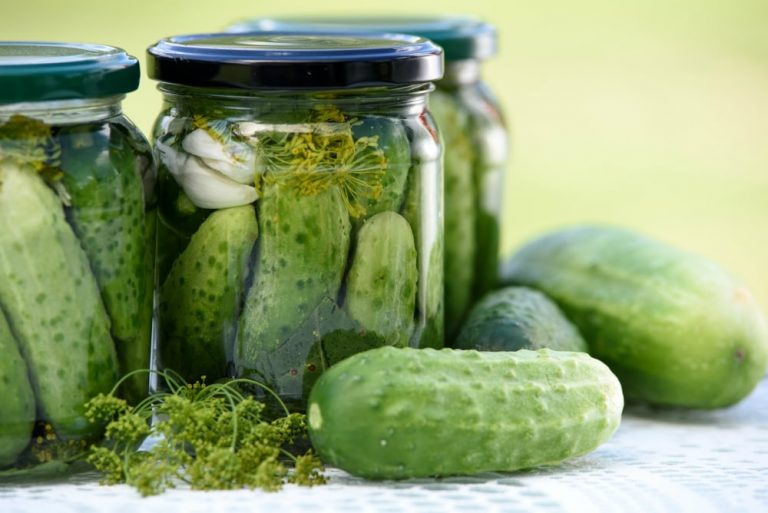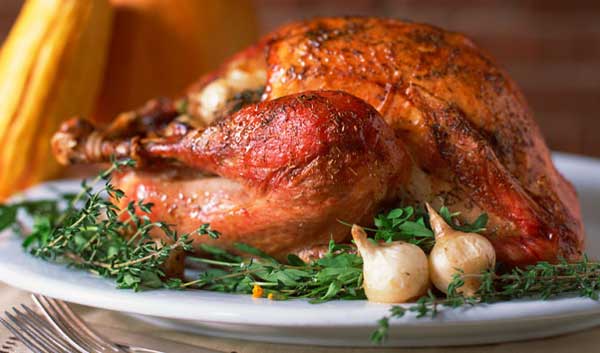Thyme Vs Oregano – What’s The Difference Between Thyme And Oregano?
If you like to flavor your food with herbs and spices, then maybe you’ve noticed that thyme and oregano are often used together. Separate or together, these two herbs can add delicious, savory flavor to your cooking.
Both can be used either fresh or dried, which makes them a useful addition to either your vegetable patch or your spice rack, or both! But, have you ever wondered about the difference between these two herbs? Both are staple ingredients in most kitchens because of their versatility and ease of use.
However, apparently they are sometimes confused by users. Here we will explore the differences between these two herbs and discover what they are used for.
What’s The Difference Between Thyme And Oregano?
While they may have similar uses in the kitchen, these two herbs are very different, but related plants. Thyme, as we know it in the kitchen, is the leaves of the Thymus Vulgaris plant, an aromatic perennial evergreen herb from the mint family.
Oregano, meanwhile, comes from a woody perennial plant, Origanum vulgare, which also happens to be a species of flowering plant in the mint family. So, while both herbs come from the same family of plants, the mint family, they are different plants and the culinary herbs from each plant produce different flavors and aromas.
Using thyme in your cooking will add a complex combination of sweet and peppery flavors as well as a minty and lemony scent. Adding oregano, on the other hand, will give you a bold, earthy flavor and smell.

Cooking With Thyme And Oregano – Which Should You Choose?
There are so many different potential flavor combinations you can add to your cooking once you start dabbling with using herbs. You can take an otherwise basic dish and turn it into something much fancier, with a more complex flavor palate, just by adding some herbs.
And using a small amount of thyme and/or oregano can be a great place to start. If you’re growing each herb fresh in your vegetable garden, indoor herb grower, or garden pots, then you’ll always have some lovely fresh herbs to add to your cooking.
Simply pick a stem, give it a wash and then pull the leaves from the stem to add them to your cooking. If you’re using dried herbs in a little glass jar from the supermarket, then they’re easy to keep and ready to use any time you want to add some flavor.
Simply shake some of the dried herb into your food while cooking – follow the recipe for best results regarding the amount and the timing of when to add the herbs.
Thyme adds a savory taste and is great for pairing with beans, cabbage, carrots, chicken, corn, eggplant, fish, lamb, meats, onions, potatoes, soups, stews, tomatoes, and other winter vegetables. Although, my favorite thing to do with thyme is to add it to some fried button mushrooms – it’s delicious served for breakfast with some scrambled eggs and fried tomato!
As for other herbs that thyme mixes well with, you can happily pair it with basil, garlic, nutmeg, parsley, rosemary, and, of course, oregano. For best results cooking with thyme, you should add the herb near the beginning of the cooking process to help bring out the flavor.
Oregano also adds a savory taste to your food but also adds a bitterness too. It’s well known for pairing with anchovies, artichokes, beans, bell peppers, cabbage, cauliflower, corn, chicken, eggplant, eggs, fish, lamb, meat, pizza, pork, potatoes, sweet peppers, squash, tomatoes, and zucchini.
Personally, oregano is regularly added to my bolognese sauce as well as a common addition to my pizza sauce for homemade pizzas. In my mind, if it’s Italian food, oregano will probably be a good addition.
As for using it with other herbs, oregano will play nicely with basil, cumin, garlic, parsley, rosemary, sage, and, of course, thyme. It’s a strongly flavored herb so just add a little at a time, or stick to the amount in the recipe you are following.

Thyme vs Oregano – Do They Taste Different?
While sometimes confused, thyme and oregano do actually have unique and different flavors.
Thyme is best known for its minty, lemony, and slightly sweet and peppery taste. Meanwhile, oregano offers a very strong flavor, a bit like marjoram, but even stronger. Oregano can be such a strong flavor that, eaten alone, it will leave an astringent or dry feel in your mouth – as though you have run out of saliva – it works best eaten in small amounts with other foods so you don’t get this strange sensation from it!
Thyme has a lighter and less obtrusive flavor, so, if you don’t want to overpower a dish with herbs, thyme could be the one to choose. On the other hand, the stronger, more pungent flavor offered by oregano stands up well when paired with the strong and bold flavors of meats like beef, pork, and lamb.
So, yes, thyme and oregano taste different, but they can be used very well together and just as well apart – it all depends on what you are cooking and what the recipe calls for!
Whether you’re using fresh or dried herbs, you really can’t go wrong by adding both thyme and oregano into your herb collection. Both are brilliant additions to savory food and can add both flavor and aroma to your dishes. Follow a recipe or just start experimenting, you really can’t go too wrong with thyme and oregano.







